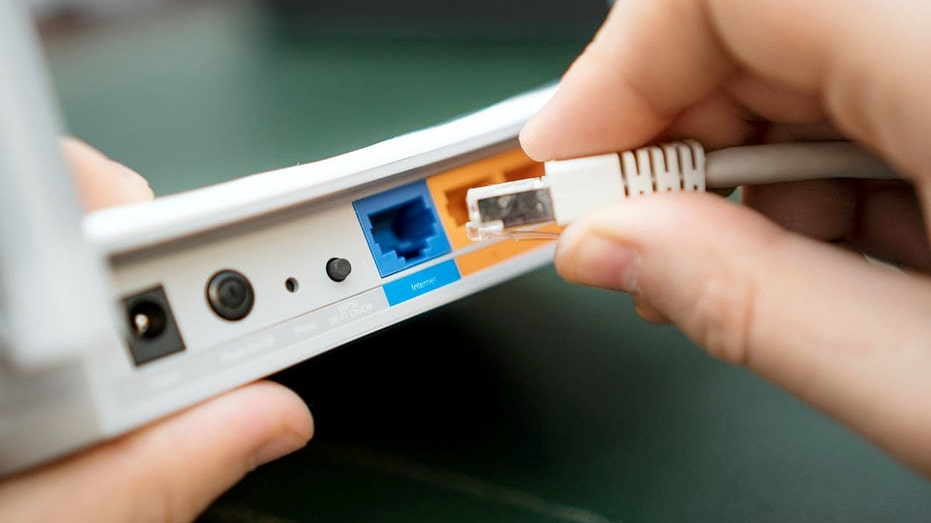How to Secure Your Home Wi-Fi Before Using It Again

Home Wi-Fi networks are essential for daily life, connecting your devices—from laptops and smartphones to smart TVs and home assistants. When properly secured, they provide a convenient, private gateway to the internet, enabling streaming, remote work, and online banking. However, many users underestimate the security risks associated with their home networks, leaving them vulnerable to cyber threats.
Many homeowners believe that a private network is inherently safe, but this is a misconception. Cybercriminals often target residential Wi-Fi setups because they tend to have weaker defenses compared to corporate networks. Weak passwords, outdated firmware, and unsecured encryption can all be exploited, potentially allowing intruders to access sensitive personal data or use your internet connection for illegal activities.
Understanding the Risks of an Unsecured Wi-Fi Network
If your Wi-Fi is compromised, attackers can intercept your personal information, such as passwords and credit card details, and even inject malicious software onto your devices. Smart home gadgets like security cameras and thermostats are also at risk—they can be hijacked for spying or used as part of larger cyberattacks. With the proliferation of connected devices, the attack surface has expanded, making robust security measures more critical than ever.
Key Steps to Protect Your Home Network
The foundation of Wi-Fi security starts with your router, which acts as the gatekeeper of your entire network. An outdated or poorly configured router can undermine all other security efforts. Upgrading to a modern, supported device ensures better encryption, easier management of connected devices, and regular firmware updates that fix vulnerabilities.
Regularly check for firmware updates from your router manufacturer—many support automatic updates, but some require manual installation. Changing default login credentials immediately is crucial; default passwords like “admin/admin” are well-known and easily exploited. Enabling two-factor authentication (2FA) offers an additional layer of protection, making it more difficult for unauthorized users to access your router settings.
Enhancing Wi-Fi Encryption and Password Security
Ensure your Wi-Fi network uses the latest encryption standard, WPA3. If unavailable, WPA2 remains a secure choice. Avoid outdated protocols like WEP or open networks, which are highly vulnerable. Create a strong, complex password—preferably a passphrase of at least 12-16 characters combining uppercase, lowercase, numbers, and symbols. Using a password manager can help generate and store these passwords securely.
Monitoring and Managing Connected Devices
Regularly review your router’s connected device list to identify unfamiliar entries. If you notice unauthorized devices, take immediate action—change passwords, enable MAC address filtering, or set up a guest network for visitors and smart devices. Disabling features like Wi-Fi Protected Setup (WPS) can prevent known security flaws, further protecting your network.
Additional Security Measures
Implementing a separate guest network isolates your main devices from potential malware or intrusions originating from visitors or less secure IoT gadgets. Keeping all devices updated is vital; outdated firmware or software can introduce vulnerabilities. Installing reputable antivirus software on your computers and mobile devices adds an extra layer of defense against malware, phishing, and ransomware threats.
Using a VPN for Enhanced Privacy
A Virtual Private Network (VPN) encrypts your internet traffic, shielding your browsing activity from prying eyes, including your internet service provider. When connected to a VPN, your online activity remains private and secure, especially on unsecured or public networks. Choose a reliable VPN service that offers strong encryption and a strict no-logs policy for optimal privacy.
By combining these security practices—updating your router, using strong passwords, enabling encryption, monitoring connected devices, and employing a VPN—you significantly reduce the risk of cyber threats. Prioritize regular security checks and stay informed about new vulnerabilities to maintain a safe online environment in your home.


